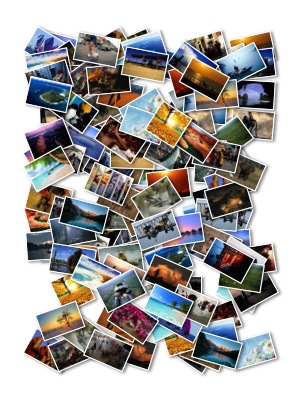
Examples of collagen diseases that are most probably the result of an aberration of the immunological reactions that mitigate injury and inflammation of connective tissues are systemic lupus erythematosus, scleroderma, rheumatoid arthritis, rheumatic fever, polymyositis, and dermatomyositis. The exact role of these factors in the development of connective tissue diseases has not been firmly established, but there is strong evidence that immunological mechanisms are involved. These disorders are distinguished by structural defects affecting the formation of the extracellular fibers called collagen.Īcquired connective tissue diseases are believed to develop as a result of at least two causative factors: a genetic factor and an abnormal immunological response. Also included in this group are osteogenesis imperfecta, Ehlers-Danlos syndrome, and Marfan's syndrome. Among the first group are those diseases caused by a lack of a specific enzyme necessary for proper storage and excretion of one or more mucopolysaccharides.

The basic components of connective tissue are cells and extracellular protein fibers embedded in a matrix or ground substance of large carbohydrate molecules and carbohydrate-protein complexes called mucopolysaccharides.įor the sake of clarity and organization, collagen diseases may be divided into two major groups: (1) those that are genetically determined and are a result of structural and biochemical defects, and (2) those that are acquired and in which immunological and inflammatory reactions are taking place within the tissues. Collagen diseases a group of diseases having in common certain clinical and histological features that are manifestations of involvement of connective tissue, i.e., those tissues that provide the supportive framework (musculoskeletal structures) and protective covering (skin and mucous membranes and vessel linings) for the body. That means you’ll never have to worry about a bad crop job or individual image aspect ratios again! When you find the perfect layout, click Select This Collage. Instead of cutting parts of your image out, the ultra-intelligent Collage Wizard uses a sophisticated algorithm to automatically arrange and fit your photos into beautiful custom layouts. Use the arrows on the left and right to scroll through an almost infinite number of high-resolution layouts, all without cropping your photos. Your photos will then turn into a collage automatically, without cropping or clipping any of the photos. Select the ones you want included in your collage by clicking on them, and click the Use Images button. When you open the Collage Wizard, a box will appear with your images from the Image Manager already there, waiting to be used. Just type in a search term, click on the images you want to use, and they’ll automatically upload into the Image Manager! Once your images are uploaded, click on the Layouts tab from the menu on the left and select the Collage Wizard button.
#COLLAGEIT DEFINITION FREE#
Want to use stock photos instead? Clicking on the Search Stock Photos button will allow you to search over a million free stock photos from Pexels and Pixabay to use in your collage. Once there, you will be able to upload photos from your computer, Facebook, BeFunky account, and more.


To get started, head to the Collage Maker and click on the Image Manager tab (the top icon) in the menu on the left side of the screen.
#COLLAGEIT DEFINITION HOW TO#
That means picture perfect collages, every time! How To Use The Collage Wizard The Collage Wizard keeps every pixel intact, and generates endless layouts for you to preview, so all you have to do is focus on selecting your very favorite. Unlike those other guys, we do things the right way which means the artists and brands you love the most are supported and not taken advantage of.

The term collage derives from the French term papiers collés (or découpage), used to describe techniques of pasting paper cut-outs onto various surfaces. Never again will you have to resize, crop, or clip your photos before creating a collage. Collage describes both the technique and the resulting work of art in which pieces of paper, photographs, fabric and other ephemera are arranged and stuck down onto a supporting surface. Sound too good to be true? This is one of those cases where it actually is true.


 0 kommentar(er)
0 kommentar(er)
